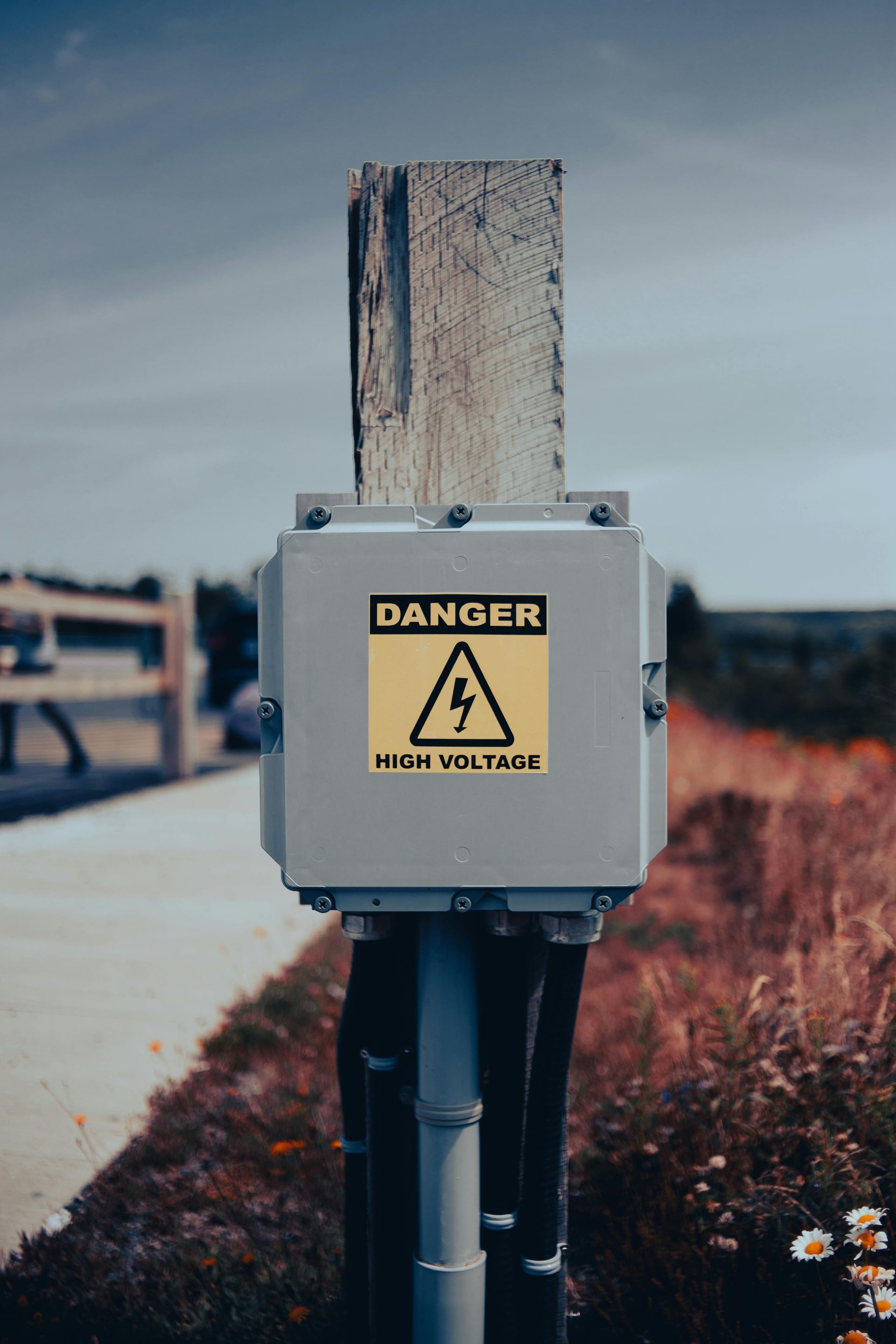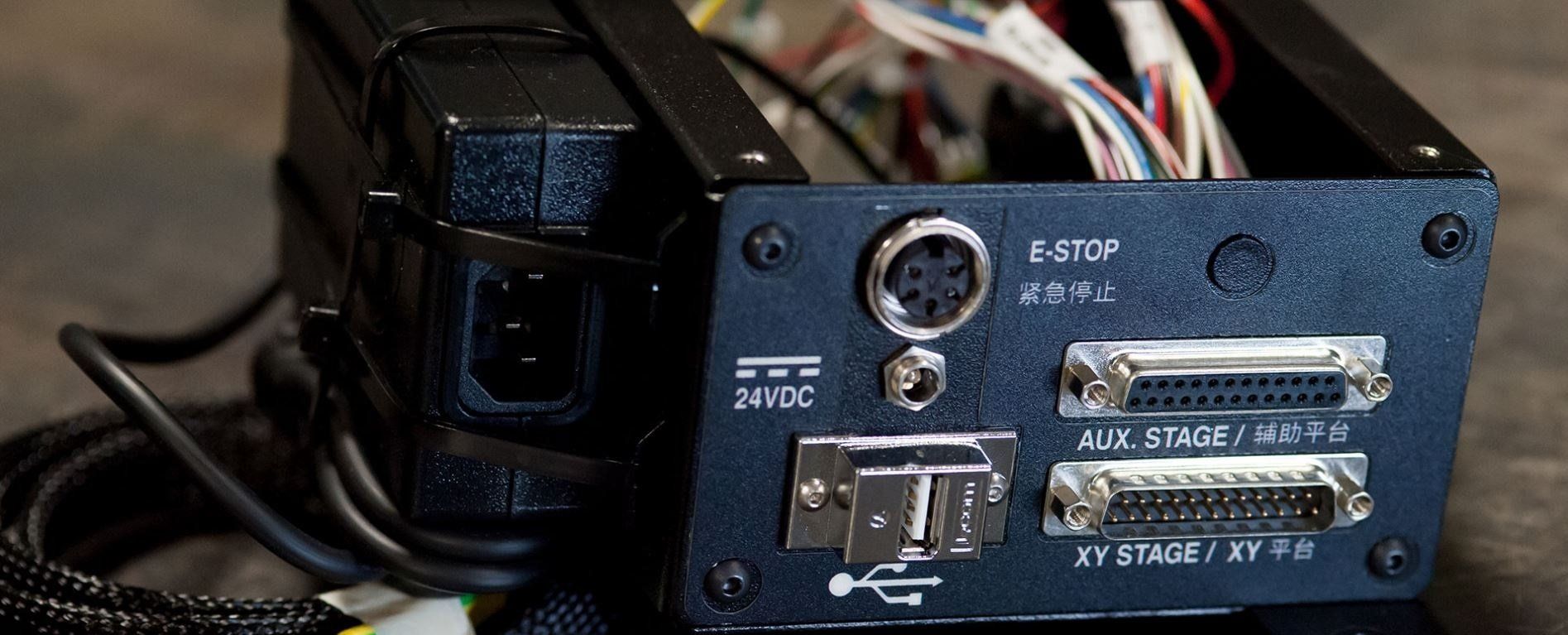Important Electronics Elements for Beginners
Important Elements for Electronics Novices: Prepare to go out on a thrilling electronics adventure! This blog offers a thorough rundown of essential elements that will help you get started with your research. With these parts in your possession, you'll have a strong basis on which to design circuits, advance your knowledge, and enjoy the success of electronic projects. Start your electronic adventure now and see how your abilities advance.
Components You Need to Start Working with Electronics
Battery:
A battery is made up of one or more linked cells and functions as a device that stores and releases electrical energy via a chemical reaction. The 9V battery stands out among the numerous battery types as a portable power supply frequently used in electronic gadgets. It is frequently used in portable electronics and low-power applications and has a voltage of 9 volts.
Breadboard:
A breadboard is a flexible platform for circuit prototyping. Without the necessity for soldering, it enables quick and simple connection and disconnection of components.
Resistors:
Fundamental parts that regulate the passage of electric current in a circuit are resistors. They are essential for changing voltage levels and safeguarding components. They come in different resistance values.
Capacitors:
Capacitors serve as temporary power sources by storing and releasing electrical energy. They serve a number of purposes in electrical circuits, including noise filtering, voltage level stabilization, and other tasks.
Diodes:
Diodes are crucial for signal modulation, rectification, and protection against reverse voltage since they only permit current to travel in one direction.
Transistors:
Electronic signals are amplified and switched using transistors, which are adaptable semiconductor devices. They are essential components in digital circuits, oscillators, and amplifiers.
ICs: Integrated Circuits
Miniaturized electronic circuits called ICs to carry out tasks. They simplify complicated circuit designs and come in a variety of forms, including microcontrollers, operational amplifiers, and logic gates.
Light-emitting diodes (LEDs):
The semiconductor technology used in LEDs causes them to emit light when an electric current flows through them. They are frequently employed in lighting, displays, and indication applications.
Potentiometers:
Using potentiometers, also known as variable resistors, you can modify the resistance in a circuit. They are frequently employed in applications needing variable resistance, such as volume control, brightness modification, and other uses.
Switches:
Switches are necessary for regulating the current flow in a circuit. They can activate or deactivate circuits and come in a variety of shapes, including push buttons, toggle switches, and slide switches.
Connectors and Wires:
Components on a breadboard or in a circuit must be connected via wires and connectors. For efficient circuit building, make sure you have a choice of jumper wires, connection wires and connectors.
Conclusion
Get a hold of the complete list of electronics components! With the help of this extensive collection, you can unleash a world of countless opportunities and inventiveness.









